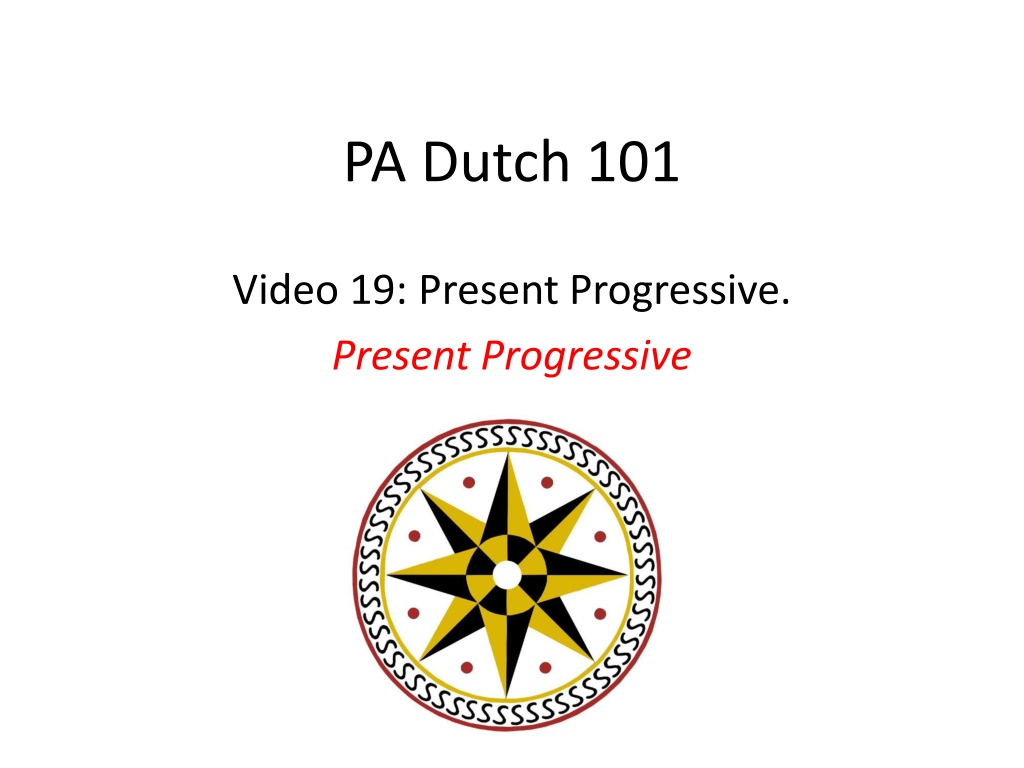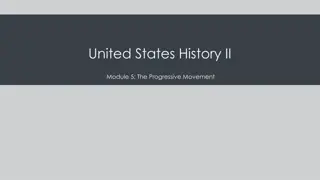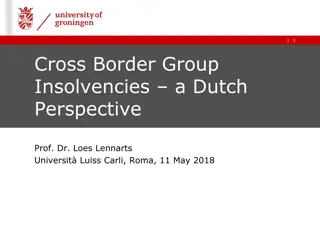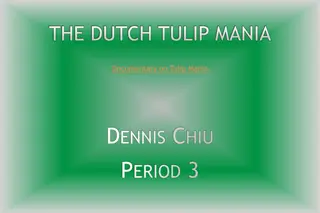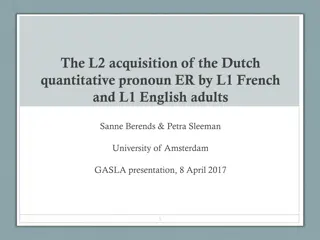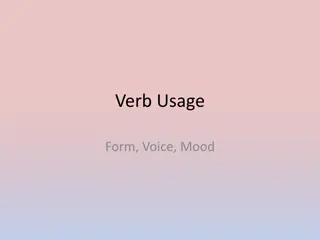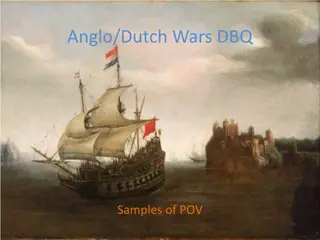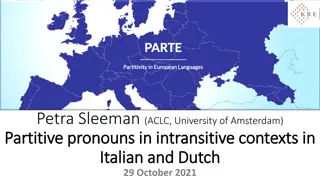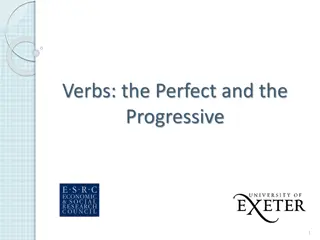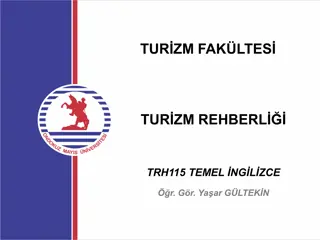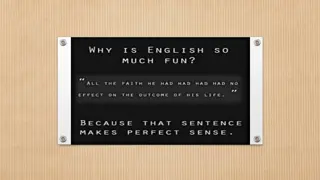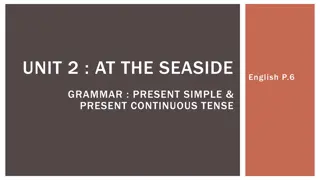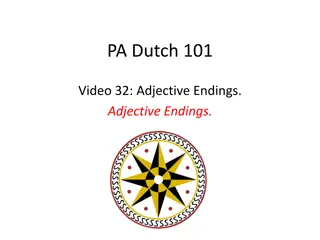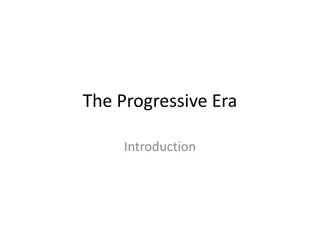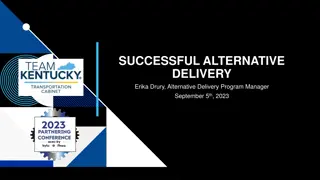Learning Present Progressive in PA Dutch
Explore the concept of Present Progressive in PA Dutch through examples and practice exercises. Understand the differences between the two present tense forms and learn how to form sentences in Present Progressive. Practice translating sentences using both normal conjugation and the Present Progressive form. Get ready to enhance your language skills in PA Dutch!
Download Presentation

Please find below an Image/Link to download the presentation.
The content on the website is provided AS IS for your information and personal use only. It may not be sold, licensed, or shared on other websites without obtaining consent from the author.If you encounter any issues during the download, it is possible that the publisher has removed the file from their server.
You are allowed to download the files provided on this website for personal or commercial use, subject to the condition that they are used lawfully. All files are the property of their respective owners.
The content on the website is provided AS IS for your information and personal use only. It may not be sold, licensed, or shared on other websites without obtaining consent from the author.
E N D
Presentation Transcript
PA Dutch 101 Video 19: Present Progressive. Present Progressive
Present Progressive As we covered in Video 7, all verbs conjugate in the present tense. However, similar to English, PD has two present tense forms: Sarah plays the piano. Sarah is playing the piano.
Present Progressive In the first sentence, there is a sense of repetition: Sarah plays the piano every Friday, for example. In the second sentence, there is a sense of present action: At this moment in time, Sarah is playing the piano.
Present Progressive Both forms can be used in PD: Sarah schpielt die Glapperbax. Sarah iss die Glapperbax am schpiele. Notice that the two forms differ on many levels in PD. The first example is what we discussed in Video 7. The second is an example of the Present Progressive.
Present Progressive To form the Present Progressive in PD use the following equation: Subject SEI other stuff (singular) AM VERB. Subject SEI AM - other stuff (plural) VERB. Die Sarah iss die Glapperbax am schpiele. Der Steve iss am Grummbiere esse. Sis am reggere. Sie sin am Kaarde schpiele.
Iewing - Practice Translate the following sentences using both normal conjugation and the Present Progressive: My uncle is singing (singe) a song (es Lied). Mei Onkel singt en Lied. Mei Onkel iss en Lied am singe. The dog (der Hund) is sleeping (schlofe). Der Hund schloft. Der Hund iss am schlofe.
Bis die naegschde Video, Macht s gut un schwetzt Deitsch! E-Poscht schreiwe: busterpa@yahoo.com
